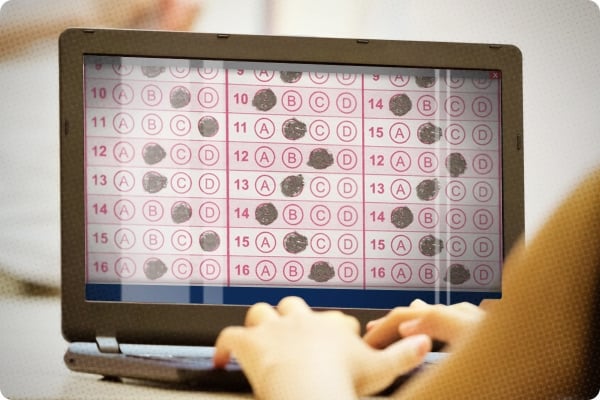The SAT, or the Scholastic Aptitude Test, has long been a cornerstone of the college admissions process in the United States. Originally created in the 1920s as a way to measure students’ academic readiness for college, the SAT has undergone many changes over the years. In the 21st century, the SAT has continued to evolve to meet the needs of today’s students.
One of the most significant changes to the SAT in recent years has been the shift away from an emphasis on rote memorization and towards a focus on critical thinking and problem-solving skills. The test now includes more real-world scenarios and questions that require students to think critically and analyze information, rather than simply regurgitate facts. This change reflects a growing recognition that the ability to think critically and solve complex problems is essential for success in college and beyond.
Another major change to the SAT has been the introduction of an optional essay section. This section gives students the opportunity to demonstrate their writing skills and ability to analyze and evaluate arguments. While the essay section is not required by all colleges, many value it as a way to assess students’ writing abilities and critical thinking skills.
In addition to changes in content, the SAT has also seen a shift in format. In 2016, the test was revamped to align more closely with the skills students need to succeed in college and beyond. The new SAT includes fewer sections and fewer questions, but each question is more rigorous and designed to measure higher-order thinking skills.
One of the most significant changes to the SAT in recent years has been the move to computer-based testing. In 2020, the College Board announced that the SAT will be administered electronically, rather than with pencil and paper, beginning in 2024. This shift reflects a growing reliance on technology in education and society at large, and aims to provide a more efficient and streamlined testing experience for students.
Overall, the changes to the SAT in the 21st century reflect a broader shift in education towards a greater emphasis on critical thinking, problem-solving, and real-world application of knowledge. By adapting to meet the needs of today’s students and colleges, the SAT continues to play a vital role in the college admissions process and remains a key indicator of academic readiness for higher education.



